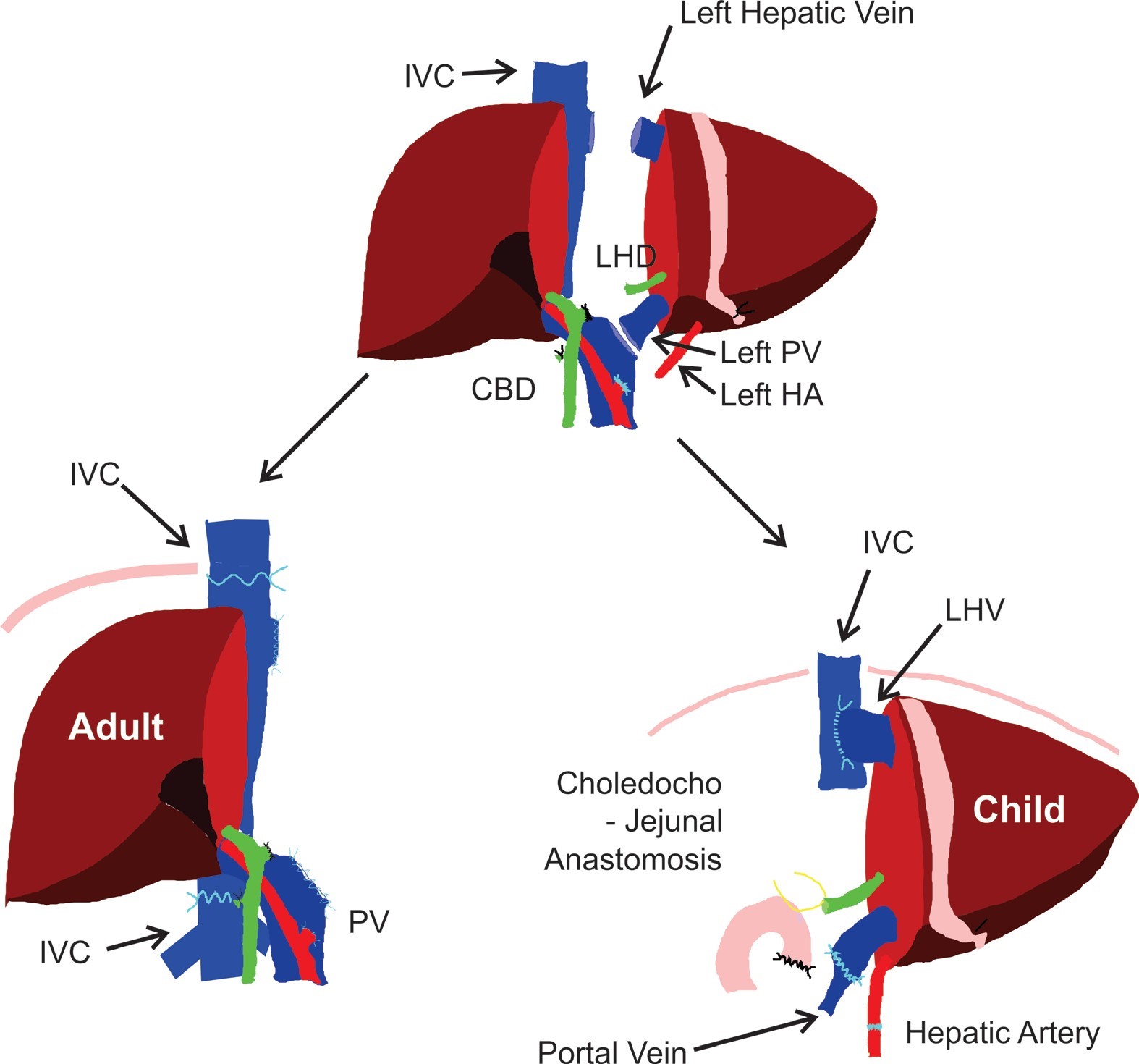
Pin on Liver Transplant/Liver Cancer Treatments
In the study, 52% of people with HCC whose tumors shrank enough after treatment to meet the Milan criteria for a liver transplant were still alive 10 years after receiving a donated liver. By comparison, people with HCC whose disease met the Milan criteria at the time of their diagnosis fared somewhat better: about 61% were still alive 10 years.

Liver transplant, The Only Hope for Those With Little Hope of Life Dr Faisal Dar
A living-donor liver transplant is a surgery in which a portion of the liver from a healthy living person is removed and placed into someone whose liver is no longer working properly.. Solid organ transplant patients are at higher risk of skin cancer and require coordinated care, Mayo Clinic researchers find Dec. 05, 2022, 04:30 p.m. CDT.

The Rising Trends of Liver Transplantation Infographic
Treatment options might include ablation, embolization, or both for the liver tumor (s). Other options may include targeted therapy, immunotherapy , chemotherapy (either systemic or by hepatic artery infusion), and/or radiation therapy. For some of these cancers, treatment may shrink the tumor (s) enough so that surgery (partial hepatectomy or.

Liver Transplant Diagram
Liver transplant surgery is a life-saving procedure that replaces a diseased and failing liver with a healthy one. There are many people on the waiting list for a new liver. Those who receive liver transplants are critically ill with no other treatment option. They might have end-stage liver disease, acute liver failure or liver cancer.

Liver Transplant
Celebrating a remarkable liver transplant journey. November 28, 2023. Estimated reading time: 3 minutes. By Tia R. Ford. For her one-year anniversary, Luana Q., a Mayo Clinic patient, shares her liver transplant story. Luana was the 4,000th patient to receive a liver transplant since the program began at Mayo Clinic in Florida in 1998.

Liver Transplantation From Inception to Clinical Practice Cell
Experts at the UChicago Medicine Liver Tumor Program are considered pioneers in this type of liver transplant. Our surgical team performed the first living donor liver transplant in the United States more than three decades ago. Today, we have expanded this approach to help those with many types of advanced liver cancer.

Is liver resection or liver transplant better for the treatment of liver cancer? Paras
A liver transplant is recommended when a person's liver no longer functions adequately enough to keep them alive. A successful liver transplant is a life-saving procedure for people with liver failure. Liver failure can happen suddenly - called acute liver failure - as a result of infection or complications from certain medications, for.

Recent advances in liver transplantation for cancer The future of transplant oncology JHEP
A liver resection is surgery to remove areas of your liver that have tumors. Your surgeon will also take out a small amount of healthy tissue around the tumor. This creates a safe area in case any cancer cells were missed during your surgery. How much of your liver is removed depends on the tumor's size and location.

The liver transplant operation Health and wellbeing Queensland Government
With a transplant, not only is the risk of a second new liver cancer greatly reduced, but the new liver will function normally. According to the Organ Procurement and Transplantation Network, about 1,000 liver transplants were done in people with liver cancer in the United States in 2016, the last year for which numbers are available.

PPT Indications for Liver Transplantation PowerPoint Presentation, free download ID9464737
Liver Cancer Treatment: Liver Transplantation. If you have small tumors or advanced cirrhosis, a liver transplant is usually recommended. During a liver transplantation, your surgeon removes your entire liver and replaces it with a healthy one. The liver may come from a donor who has died, or a healthy person may donate part of his or her liver.

Liver Transplant The Gift of Life Canadian Liver Foundation
Treatment of localized liver cancer. Treatment of localized liver cancer may include the following: surveillance for lesions smaller than 1 centimeter. total hepatectomy transplant. partial hepatectomy. ablation of the tumor using one of the following methods: radiofrequency ablation. microwave therapy. percutaneous ethanol injection.

Liver Cancer a Liver Disease That Requires a Liver Transplant? MTM
Hepatocellular carcinoma (HCC) is an aggressive tumor that often occurs in the setting of chronic liver disease and cirrhosis. (See "Epidemiology and risk factors for hepatocellular carcinoma" .) The only potentially curative treatment options are resection and liver transplantation. Among patients who are not candidates for liver resection.

Liver Vasculature Anatomy
Cancer of the liver. This includes primary liver cancer, which is when tumors start in the liver. Having cirrhosis puts you at risk of liver cancer. Autoimmune hepatitis. A redness or swelling (inflammation) of the liver. It happens when your body's disease-fighting system (immune system) attacks your liver. The transplant evaluation process

A subset of liver cancer organoids (LCOs) generate highly metastatic... Download Scientific
Transplants for Liver Cancer. Doctors at the NYU Langone Transplant Institute may recommend a liver transplant for people with early liver cancer, especially those who also have severe cirrhosis, or scarring of the organ. A transplant is usually reserved for people with liver cancer who have 1 tumor that is up to 5 centimeters in diameter, or 2.

Benefits and risks of a liver transplant Organ transplantation NHS Blood and Transplant
Liver transplant is a treatment option for some people with liver cancer and for people with liver failure whose condition can't be controlled with other treatments. Liver failure may happen quickly or over a long period of time. Liver failure that occurs quickly, in a matter of weeks, is called acute liver failure..

Recurrent hepatocellular cancer after liver transplantation. (a)... Download Scientific Diagram
Liver transplantation, first performed in humans 60 years ago, is now the standard of care for patients with life-threatening liver disease. This article focuses on current developments in liver tr.